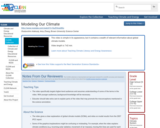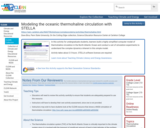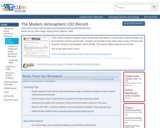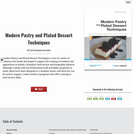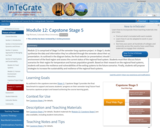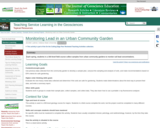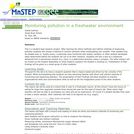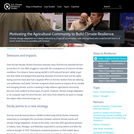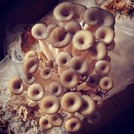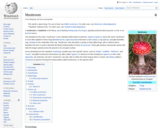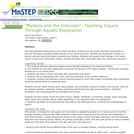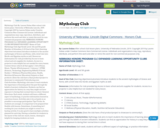
In this activity, students pose several hypotheses for what will happen if you continue heating or supplying energy to the hot and cold planet models (Mercury, Mars, Venus, and Earth) and then test their hypotheses using a spreadsheet based radiation balance model. The activity supports investigation of a real world challenge, experimenting with life support conditions for Mars at an Arctic outpost. The interactive model runs are conducted using a Java applet. This resource includes student worksheets, assessment questions and a teacher's guide. This is Activity B in module 2, Modeling hot and cold planets, of the resource, Earth Climate Course: What Determines a Planet's Climate? The course aims to help students to develop an understanding of our environment as a system of human and natural processes that result in changes that occur over various space and time scales.
- Subject:
- Atmospheric Science
- Chemistry
- Ecology
- Forestry and Agriculture
- Geoscience
- Life Science
- Physical Science
- Space Science
- Material Type:
- Data Set
- Full Course
- Provider:
- NASA
- Provider Set:
- NASA Wavelength
- Date Added:
- 11/05/2014
